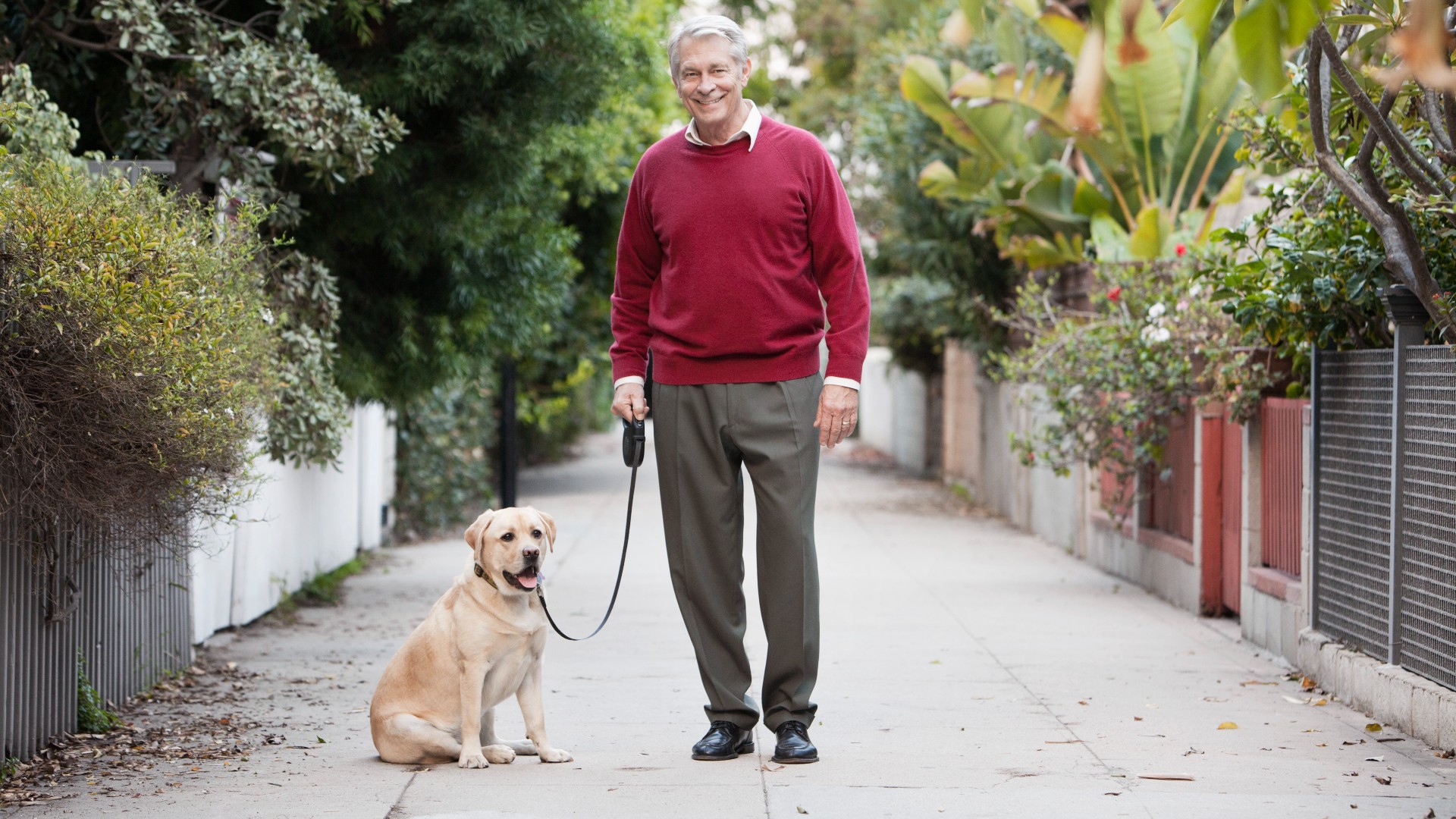Trainer shares four tips for loose leash training your dog - and number three is key
Want to help your pup master loose leash walking? This trainer's top tips are just what you need

Many pet parents struggle when it comes to teaching their dog how to walk well using a loose leash, so if you're finding yourself in that position right now, rest assured, you're not alone.
While having a few of the longest lasting dog chews on hand can certainly help to keep your canine companion on track, positive reinforcement in the form of treats is just one part of setting your pup up for loose leash training success.
In a video shared to Instagram, which you can view below, the team at JW Dog Training & Behavior shares four key concepts that work together to help dogs master calmly walking on a loose lead. If you don't feel like watching the clip, here's a summary of what they had to say:
A post shared by JW Dog Training & Behavior (@jwdogtraining)
A photo posted by on
1. Reward frequently
"Every time you reward a behavior, think of it like you are depositing into that behavior’s bank account," the trainers explain. "Dogs are likely to do the behaviors that have the biggest bank accounts! (This is what we mean when we say “reinforcement history”).
As this loose leash walking behavior develops and strengthens, we do not stop rewarding it. We reward waaaay less frequently, but we still occasionally slip our dog a tasty treat for doing such an awesome job. We have no interest in creating a world together where there are zero rewards from us. It is so easy to throw a few treats in our pocket to use on the walk — it maintains the behavior and it strengthens our relationship & communication. "
2. Work with your dog
"Working WITH your dog, not against them, can make long term training so much more pleasant for both of you," the team explains. "We let our dogs sniff as much as they want, we use a longer leash to accommodate their quicker stride, and we use positive reinforcement to teach the behaviors we are looking for. Effective AND enjoyable for both of us."
3. Practice in low distraction environments
The team at JW Dog Training & Behavior stresses this point in many of their training videos, stating that it's super important that you practice loose leash walking in low distraction environments first before progressing to busy environments, like the park. Try using your driveway or garden if you have one, but if not, don't worry - practicing inside your home is just as effective.
Get the best advice, tips and top tech for your beloved Pets
4. Be patient
"Results come with time. And not time as in two weeks - time as in months+. Progress is not linear, but small improvements lead to big changes. Dogs are living beings, not robots, and have their own wants & needs that impact behavior!"
As with all training, teaching your dog to master loose leash walking takes time and consistency. If you feel you're not seeing the results you'd like after working on this skill for several months, we recommend reaching out to a professional dog trainer who will be able to provide you with some 1:1 support.
Looking for more great training content to help your canine companion learn what's expected of them? Then be sure to check out our vet's guide to how to crate train a dog.

Kathryn is a freelance writer who has been a member of the PetsRadar family since it launched in 2020. Highly experienced in her field, she's driven by a desire to provide pet parents with accurate, timely, and informative content that enables them to provide their fur friends with everything they need to thrive.
Kathryn works closely with vets and trainers to ensure all articles offer the most up-to-date information across a range of pet-related fields, from insights into health and behavior issues to tips on products and training.
When she’s not busy crafting the perfect sentence for her features, buying guides and news pieces, she can be found hanging out with her family (which includes one super sassy cat and a kitten), drinking copious amounts of Jasmine tea and reading all the books.
She has written for a range of publications, including Fit&Well, Top Ten Reviews, LiveScience, Goodto, and Product Hunt.
